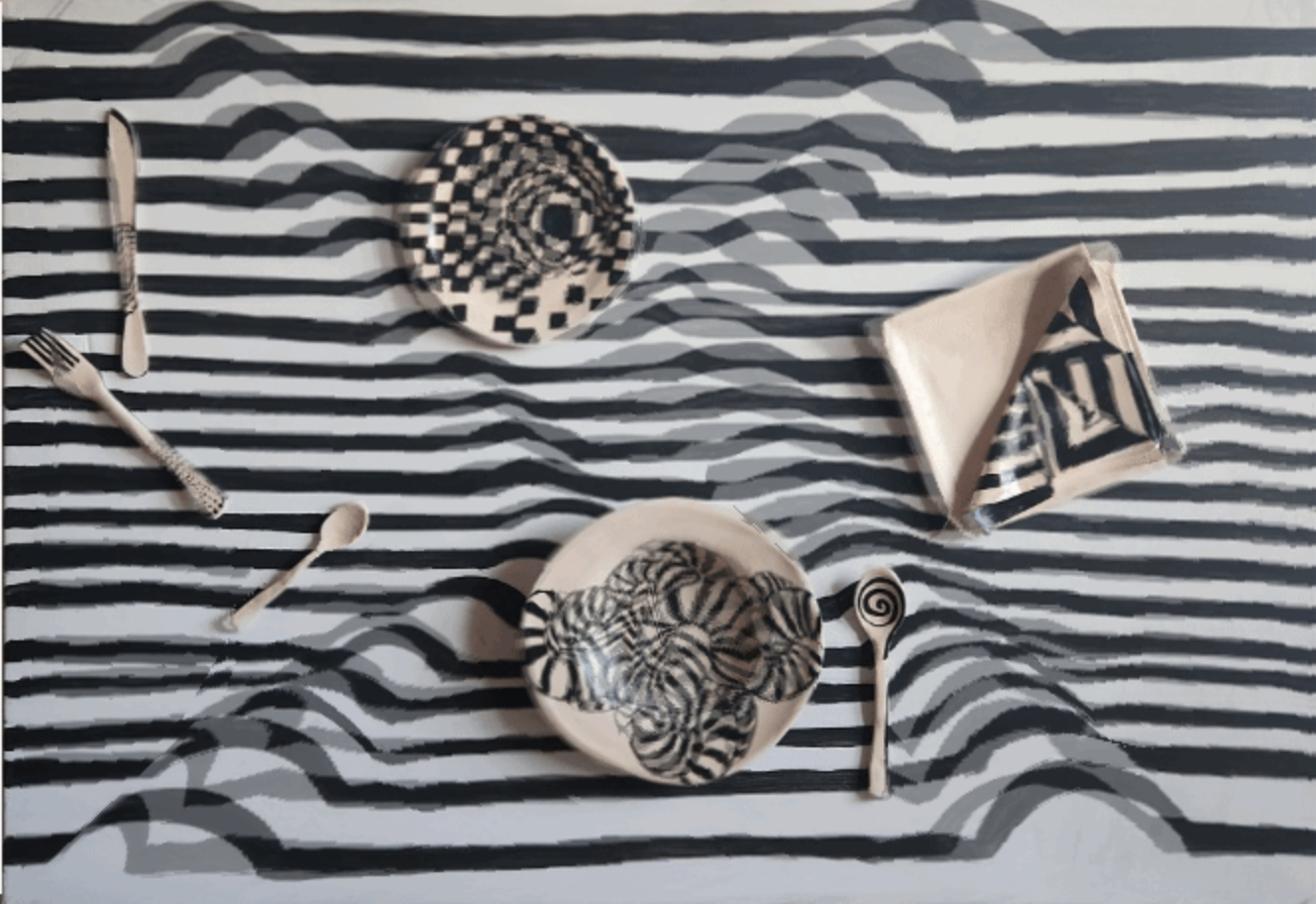Event
FLUX: Female Digital Creativity
Sign in for the openingFrom Tuesday to Sunday
Lounge and Living Staircase
The female body is the space of contemporary crisis.
Water scarcity affects women first. Online spaces are dominated by exclusionary male-dominated dynamics. Geographical boundaries limit movement. Collective memory manipulates the narrative of the feminine.
FLUX artists use blockchain, NFTs, and digital works to claim space and leave a mark. Digital technology becomes a tool for reclaiming a space where women can exist and determine their own destiny.
The works speak of bodies that resist. Environmental crisis, toxic digital spaces, exclusionary borders: the female body is where these conflicts manifest themselves. The artists use technology to document, mark territory, and make visible what is ignored.
Flux: the results of the training program
Created to educate, showcase, and promote female artists in the field of digital art, encouraging and supporting their professional careers, Flux – Female Digital Creativity is a three-year project co-funded by the European Commission, specifically the European Education and Culture Agency.
Promoted by four international partners – MEET Digital Culture Center (Milan, Italy), Labin Art Express XXI (Labin, Croatia), Alice in Blockchains (Zagreb, Croatia), Museum of Transitory Art (Ljubljana, Slovenia) – Flux supports female artists, or people who identify as such, to engage in the field of new technologies and new media arts, in particular blockchain and NFTs.
The artists are at the center of all project activities: workshops with international digital art experts, conferences, lectures, artist residencies, and exhibitions. The results of this training program will be on display at MEET from December 9 to 14. In the Living Staircase, visitors will be able to see the works of 11 artists who participated in and won the project’s open call. MEET will be the third and final stop on a tour that has already visited the cities of Istria and Ljubljana.
The artworks
“Mountain Memories” by Jelena Martinović
This abstract work reinterprets alpine landscapes through digital textures and colors. It depicts mountains not as stable elements, but as fluid, changing forms. The artist invites us to rethink our connection with nature, suggesting that both memory and the future are never fixed. The work also draws attention to the fragility of the alpine environment, threatened by climate change, and emphasizes the urgent need to protect it.
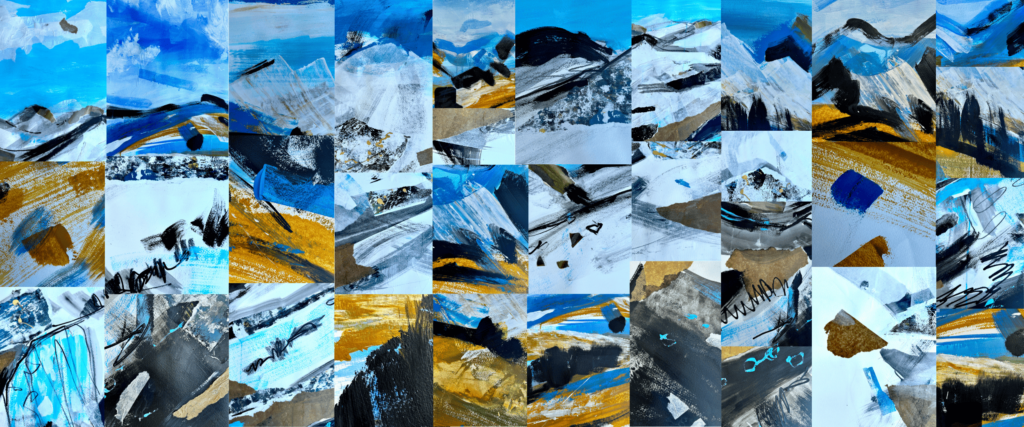
“To Flip a Coin” by Dora Bilandžić and Andrea Šarić,
Part of the interdisciplinary art project “Crystal Clean”, which explores the theme of ecological and social change through immersive installations, this work uses an NFT paired with a physical silver coin to reflect on the dualism between pain and healing: two opposing yet inseparable forces. The work suggests that consciously addressing emotions can lead to transformation, both personal and social.
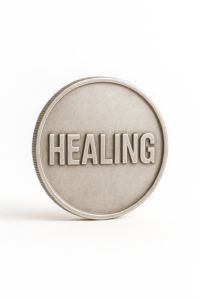
“Temple of Lilith Astralis” by Petra Brnardić
The work is an animated, psychedelic, and surreal GIF depicting an imaginary cosmic metropolis ruled by Lilith, the first woman of humanity banished from the Garden of Eden and who later became the goddess of darkness. Lilith becomes a symbol of revolution, female power, courage, and innovation. The work celebrates her revenge as a guide to a bright future, rich in new perspectives and dreams.
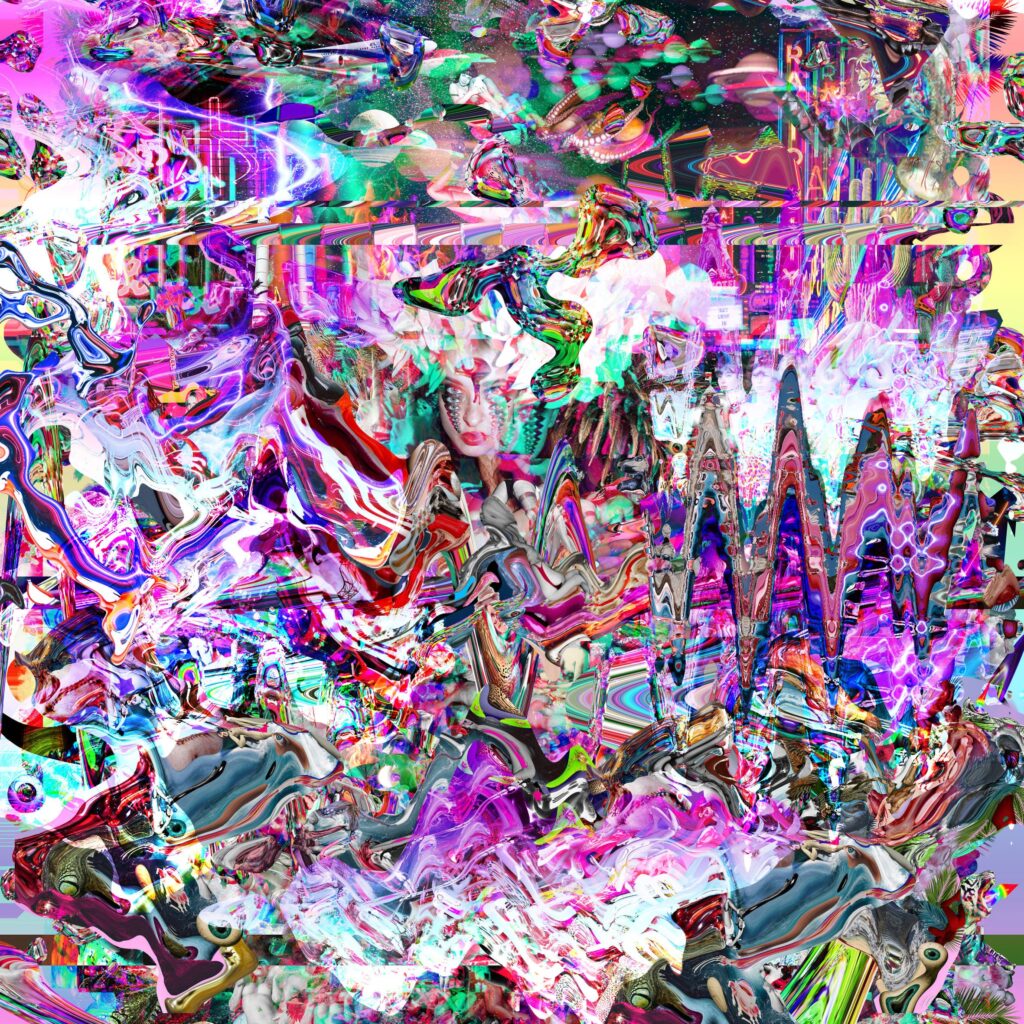
“Beyond the Horizon” by Sara Lerota
This work explores the idea that boundaries, of whatever kind, can inevitably be overcome, especially when it comes to communication, the exchange of experiences, and collaboration between like-minded people. It is an invitation to overcome barriers as a fundamental element of our time.
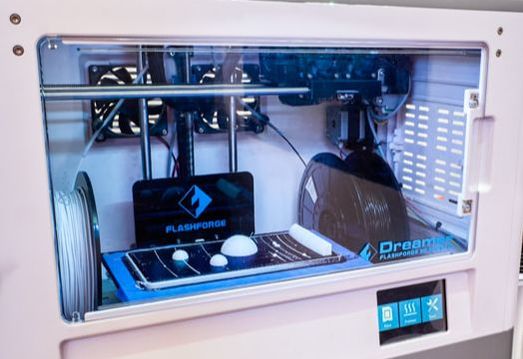
“Always The Sun” by Nat
An artistic performance depicting 33 walks through the streets of Milan, all oriented towards the sun and the heart of the city, carried out between 2014 and 2015. The work reflects on the connection between the body, the city, and the cosmos, transforming the act of walking into a ritualistic and symbolic gesture of belonging and searching.
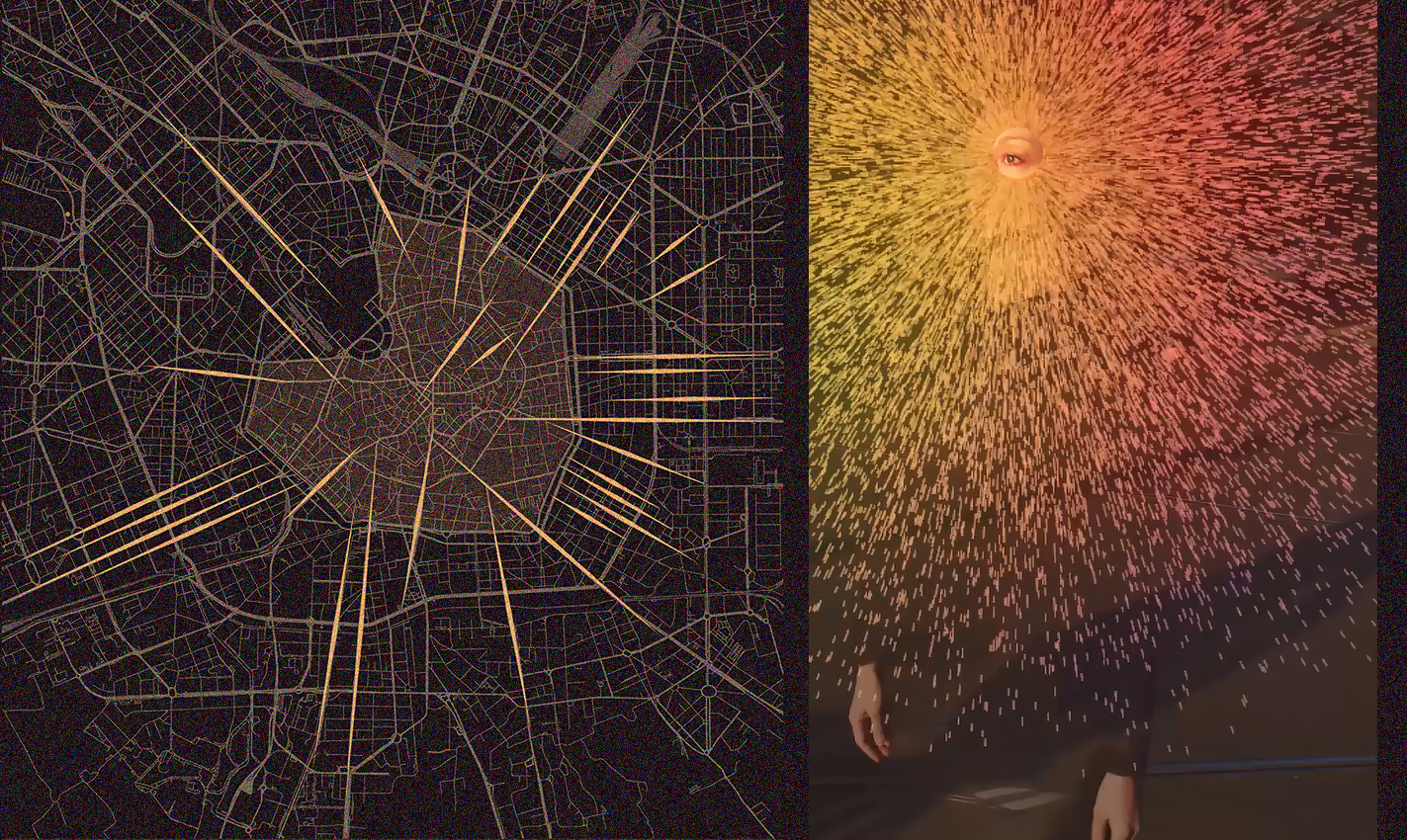
“Thirst Trap” by Stella Skopal
Part of the series “Woman is the First Environment”, which addresses environmental issues and women’s resilience based on the idea that when women thrive, society thrives, the work speaks to female resilience in the face of ecological crisis, particularly water scarcity. The title plays on the irony of online slang used to address urgent issues in a provocative yet thoughtful way.

“Storm” by Maja Kos
This work criticizes online environments dominated by male chauvinist dynamics, which present themselves as inclusive but in reality fuel hatred and exclusion. Through three mane-less horses fused together with exaggerated masculine features, the artist transforms a symbol of strength into a grotesque figure to denounce the toxicity of these environments.
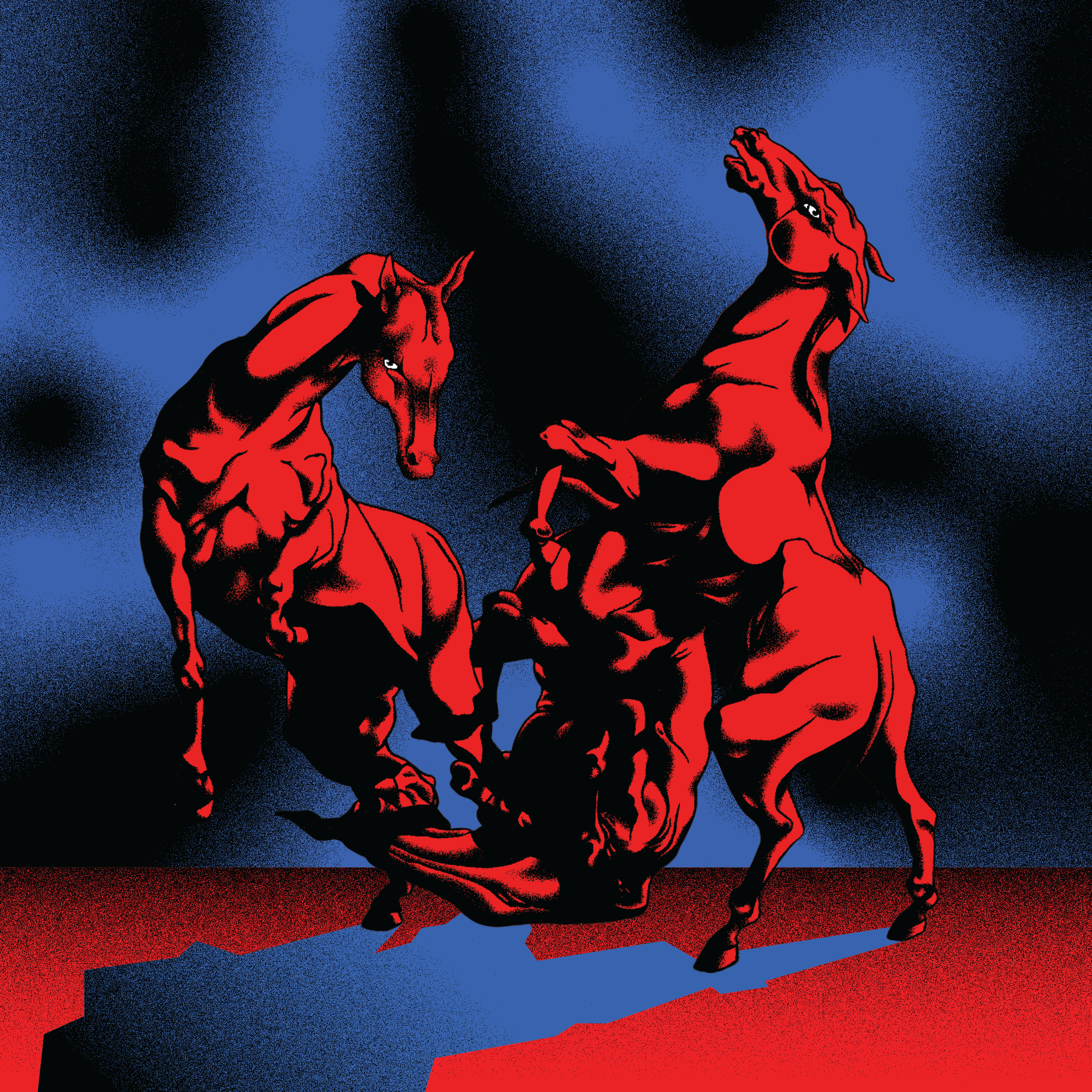
“San 2” by Kristina Antolić
Part of the “San” collection, which means “three” in Japanese but “dream” in Croatian. San 2, in particular, raises the question: how far can we go with our scientific projections? The work explores the limits of science and our projections about the future: at its center, a formless body contrasts with a geometric structure inspired by the works of Dürer, suggesting a tension between order and disorder.

“The Breathing Sculpture” by Anna Bulkina
A visual work formed by a living, infinite figure woven from materials such as liquid silk and molten glass, representing a living entity in constant motion. A poetic meditation on the invisible energies that shape both our inner and outer worlds.
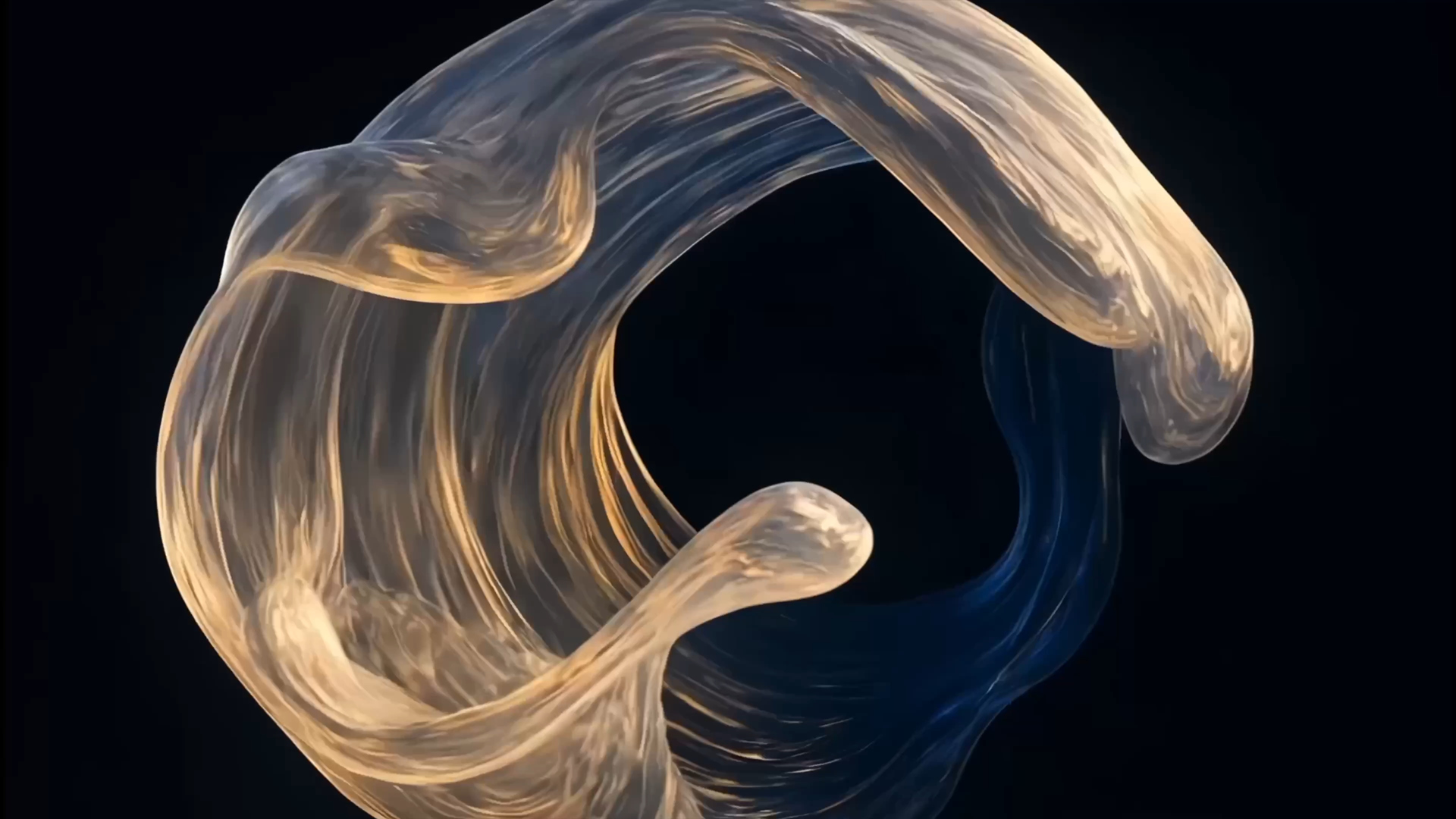
“Pakleni” by Nataša Gregorič Nabhas
Inspired by the Croatian Pakleni Islands, the artist’s work reflects on the fluid and cyclical nature of time. The NFT version of the work, animated in a 4-minute video, is accompanied by 432 Hz music assisted by artificial intelligence. A hidden element, accessible with a digital “key”, invites the viewer to explore beyond appearances. The work thus reminds us that time is not linear and that we can find peace in the only reality that exists: the present.

“Op Art dinner” by Monika Kukučević
The work combines ceramics and acrylic painting on canvas, blending traditional techniques with a modern perspective, to encourage the viewer to reflect on the possibility of creating harmony between the past and the future.
